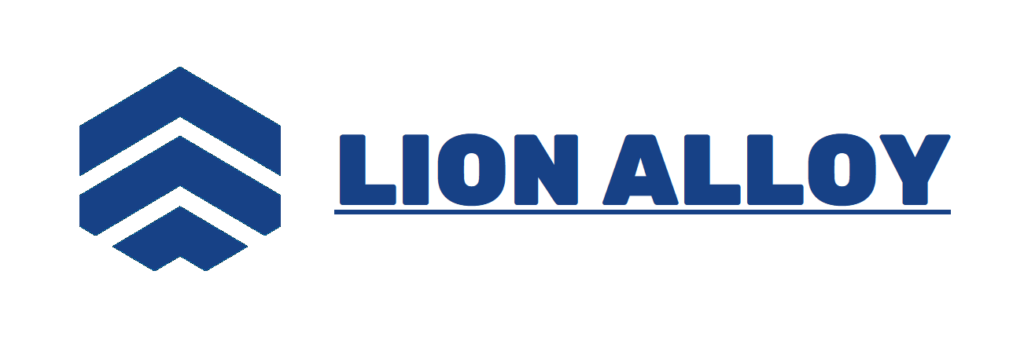ニッケル合金の概要
ニッケル合金は、極端な環境での並外れたパフォーマンスで有名な高度なエンジニアリング材料の重要なクラスを表しています。これらの洗練された合金は、ニッケルをさまざまな元素と組み合わせて、優れた機械的、熱、耐食性の特性を持つ材料を作成します。
キーニッケル合金分類
| 合金シリーズ | 一次構成 | 重要な特性 | 典型的なアプリケーション |
|---|
| インコネル | ni-cr-fe | 高温強度 | 航空宇宙、化学処理 |
| モネル | ni-cu | 例外的な腐食抵抗 | Marine, Oil & Gas |
| ハステロイ | in-i-cr | 極端な耐薬品耐性 | 化学製造 |
| ニモニック | ni-cr-co | 優れた高温性能 | ガスタービンエンジン |
詳細な技術仕様
機械的特性の比較
| 合金グレード | 引張強さ(MPa) | 降伏強さ(MPa) | 伸長 (%) | 動作温度(°C) |
|---|
| インコネル600 | 550-760 | 240-310 | 30-40 | -200〜1000 |
| インコネル625 | 690-980 | 415-540 | 20-30 | -270〜980 |
| モネル400 | 480-550 | 170-210 | 40-50 | -200〜350 |
| ハステロイ C276 | 690-790 | 340-380 | 35-45 | -50〜870 |
化学組成範囲
| 要素 | インコルエル600(%) | インコルエル625(%) | モネル400(%) | Hastelloy C276(%) |
|---|
| ニッケル | 72.0-76.0 | 58.0-63.0 | 63.0~70.0 | 55.0-67.0 |
| クロム | 14.0~17.0 | 20.0~23.0 | 1.0~2.0 | 14.5-16.5 |
| 鉄 | 6.0-10.0 | 2.5-3.5 | 2.0~3.0 | 4.0-7.0 |
| モリブデン | 0最大.5 | 8.0~10.0 | 0最大.5 | 15.0~17.0 |
| 銅 | 0最大.5 | 0最大.5 | 28.0~34.0 | 0最大.5 |
性能特性
腐食抵抗評価
| 環境 | インコネル625 | モネル400 | ハステロイ C276 | 評価方法 |
|---|
| 海水 | 素晴らしい | 良い | 素晴らしい | ASTM G48 |
| 硫酸 | 素晴らしい | 貧しい | 素晴らしい | 減量テスト |
| 塩酸 | とても良い | 貧しい | 素晴らしい | 腐食率(MM/年) |
| 塩化物環境 | 素晴らしい | 良い | 素晴らしい | ピッティング抵抗 |
熱安定性の比較
| 合金 | 熱伝導率(w/mk) | 熱膨張係数(10^-6/k) | 融点(°C) |
|---|
| インコネル600 | 14.3 | 13.3 | 1370-1400 |
| モネル400 | 22.1 | 14.2 | 1300-1350 |
| ハステロイ C276 | 9.4 | 12.7 | 1320-1380 |
産業用アプリケーション
セクター固有の利用
| 業界 | 好ましい合金 | キー選択基準 | 典型的なコンポーネント |
|---|
| 航空宇宙 | インコネル718 | 高温強度 | タービンブレード、排気システム |
| 化学処理 | ハステロイ C276 | 耐食性 | 反応器、熱交換器 |
| Oil & Gas | モネル400 | 海水抵抗 | バルブ、ポンプシャフト |
| 核 | インコネル600 | 放射線抵抗 | リアクターのコンポーネント |
調達に関する考慮事項
コスト分析
| 合金グレード | 平均価格(USD/kg) | 価格のボラティリティ | 供給信頼性 |
|---|
| インコネル600 | 75-95 | 中くらい | 高い |
| インコネル625 | 120-150 | 高い | 中くらい |
| モネル400 | 60-80 | 低い | 高い |
| ハステロイ C276 | 180-220 | 高い | 低い |
品質制御パラメーター
| 検査基準 | 受け入れ耐性 | テスト方法 |
|---|
| 寸法精度 | ±0.1 mm | 測定機を調整します |
| 表面の粗さ | RA0.8μm | プロファイロメーター |
| 化学組成 | ±0.05% | 分光分析 |
| 機械的性質 | ASTM規格に従って | 破壊的なテスト |
新たな傾向
高度なニッケル合金開発
- ナノ構造化された合金
- 強化された機械的特性
- 耐食性の改善
- パフォーマンスが30〜50%増加する可能性
- 添加剤の製造
- 複雑なジオメトリ生産
- 材料廃棄物の減少
- カスタマイズされた微細構造制御
調達戦略の推奨事項
- 包括的なサプライヤー評価
- リスク軽減
- 複数のサプライヤー資格
- サンプルテスト
- 長期的なフレームワーク契約
結論
適切なニッケル合金を選択するには、多面的なアプローチ、技術的要件、パフォーマンス特性、経済的考慮事項のバランスをとる必要があります。成功は、材料特性と特定のアプリケーションの要求との複雑な関係を理解することに依存します。
主要な戦略的洞察:
- 材料選択の精度
- 包括的なパフォーマンス評価
- 長期的なパフォーマンスの最適化
- 継続的な技術革新
このガイドは、ニッケル合金グレードの包括的な概要を提供し、調達の専門家に材料の選択と戦略的調達に対する構造化されたアプローチを提供します。


